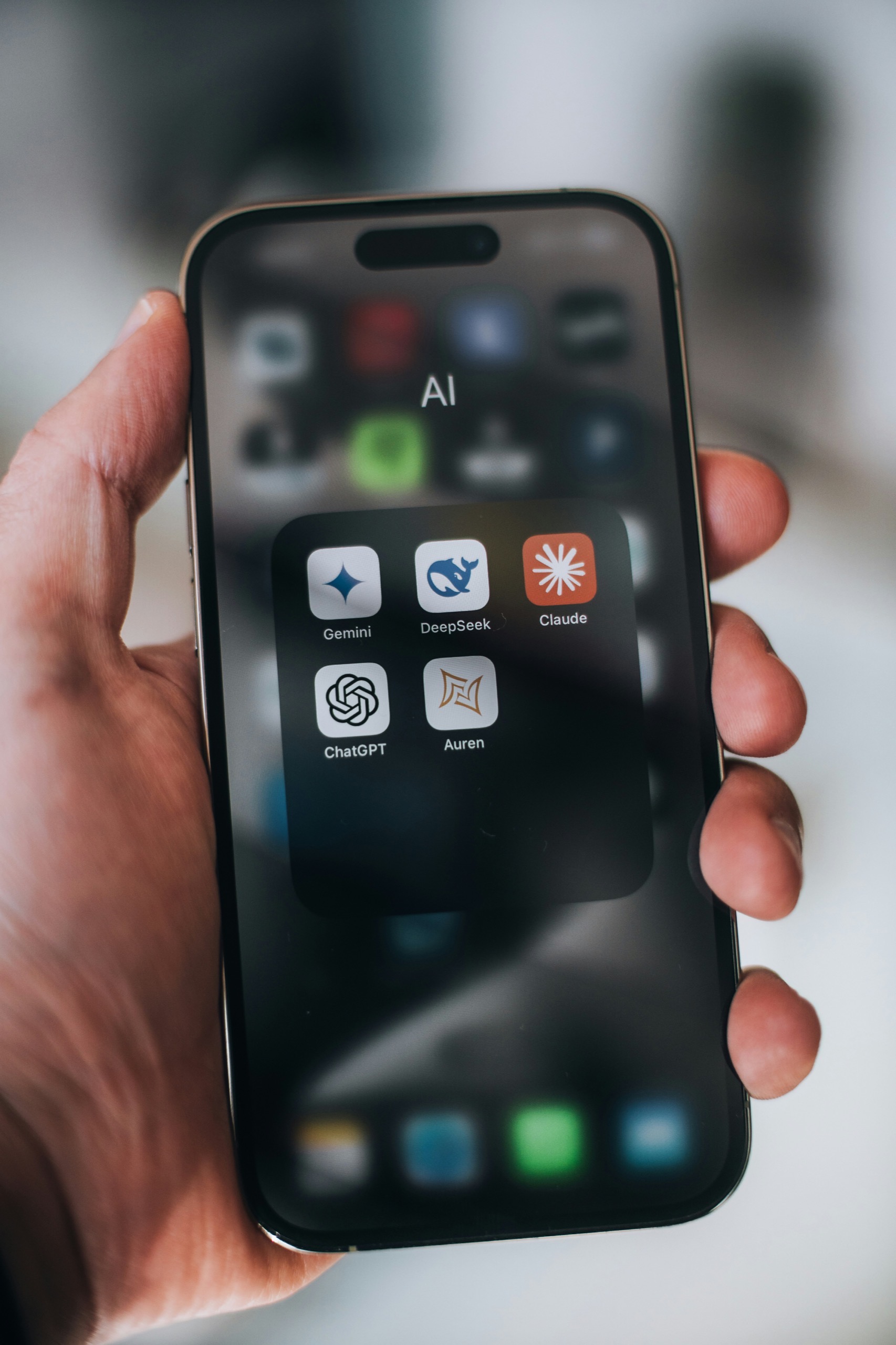At our agency, we use language models like ChatGPT, Claude, and Grok daily—for writing copy, generating ideas, summarizing research, and improving messaging.
Through repeated testing and experimentation, we’ve found a simple, free technique to get significantly better results from these tools. On average, this approach improves output quality by a factor of 3 to 5.
It doesn’t involve advanced prompt engineering.
It’s not about plug-ins or APIs.
It’s about creative tension.
The Insight: Treat AI Models Like a Team
Most people use AI tools one at a time, as if they’re isolated assistants. But each model has its own personality and strengths:
- ChatGPT is fast, safe, and structured.
- Claude is thoughtful, nuanced, and emotionally intelligent.
- Grok is bold, edgy, and opinionated.
Instead of choosing one, we run them in sequence and let them challenge each other.
We call it multi-model prompting via rivalry.
Step-by-Step: How We Do It
Let’s say we’re drafting a landing page.
- Initial Prompt to ChatGPT
We ask for a first draft: clear, benefit-driven, and conversion-focused. The result is usually solid—a good baseline. - Claude Review and Rewrite
We paste ChatGPT’s version into Claude and give it context:
“This is from ChatGPT. It’s fine, maybe a 6 out of 10. Can you improve clarity and make it more emotionally intelligent?”
Claude rewrites with more empathy and depth. - Grok Revision
We feed Claude’s version to Grok, with feedback like:
“Claude thinks this is great. I think it’s too safe. Can you inject personality?”
Grok responds with a version that’s sharper, more energetic, and often more distinctive. - Final Revision (Optional)
For refinement, we send Grok’s version back to ChatGPT with:
“Grok pushed this further. Can you clean it up and tighten the language?”
ChatGPT will often return a version that’s notably more polished than its original output.
Why This Works
Each model responds to context. By framing one model’s output as a benchmark, you create tension—an implicit challenge that drives the next model to “outperform.”
This technique turns static tools into a dynamic creative process.
Rather than relying on a single draft from a single tool, you generate multiple iterations that evolve and improve through model-to-model comparison.
Use Cases
This approach works especially well for:
- Landing pages and sales copy
- Ad variants and campaign messaging
- Email marketing copy
- UX microcopy
- Creative brainstorming
- Strategy outlines and briefs
- Even visual concept prompts for image generation tools
Summary: How to Implement This Process
- Choose a task — writing, copy editing, ideation, etc.
- Use at least two AI models to generate responses.
- Use the first response as a prompt or point of critique for the next.
- Continue the loop once or twice to push the work forward.
- Combine the best outputs or refine one version with specific edits.
Final Notes
This technique is simple to implement, costs nothing, and requires no new tools.
It’s now part of our standard workflow, especially for creative and editorial work.
If you’d like help applying this process to your business—whether for content, design, or marketing strategy—we’d be happy to chat.

